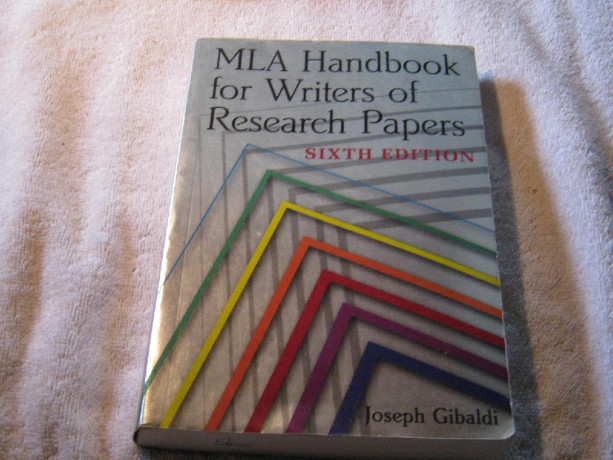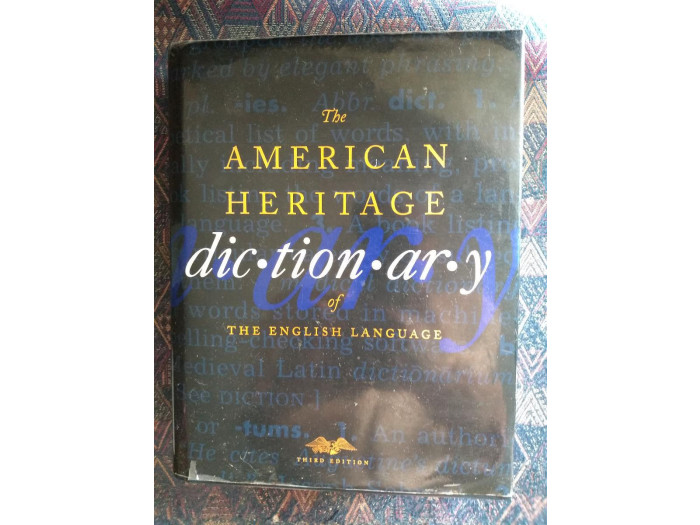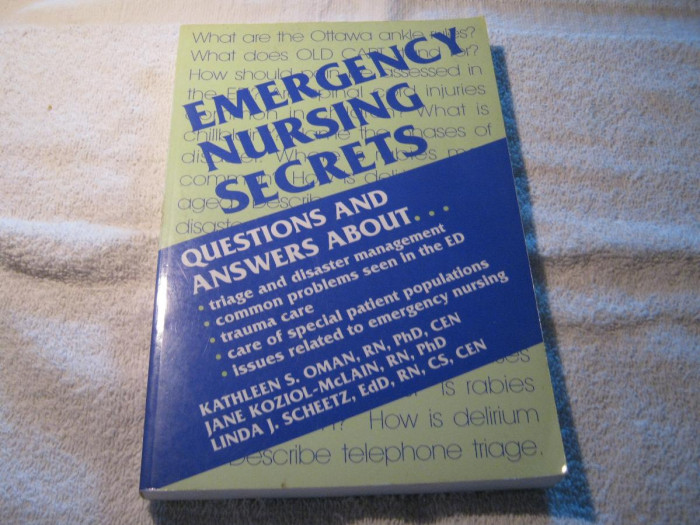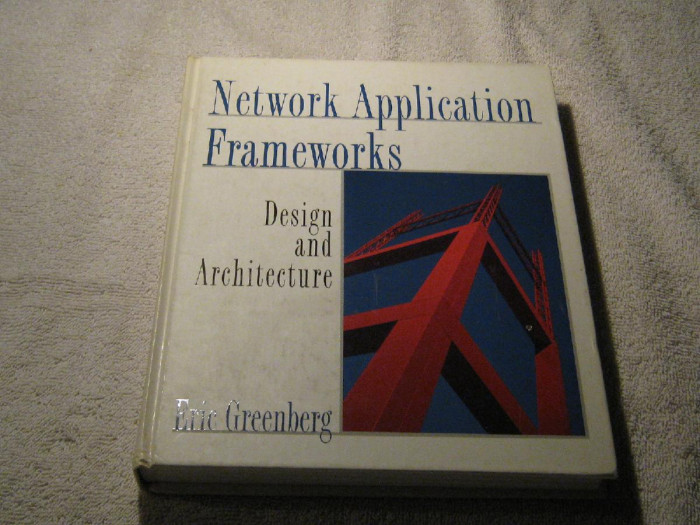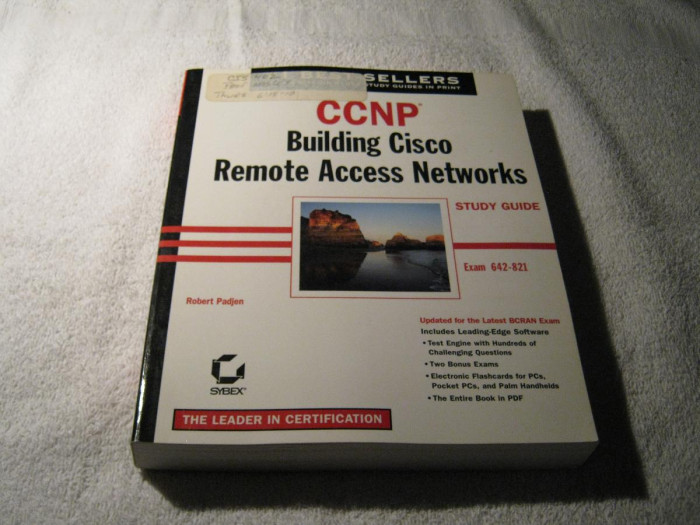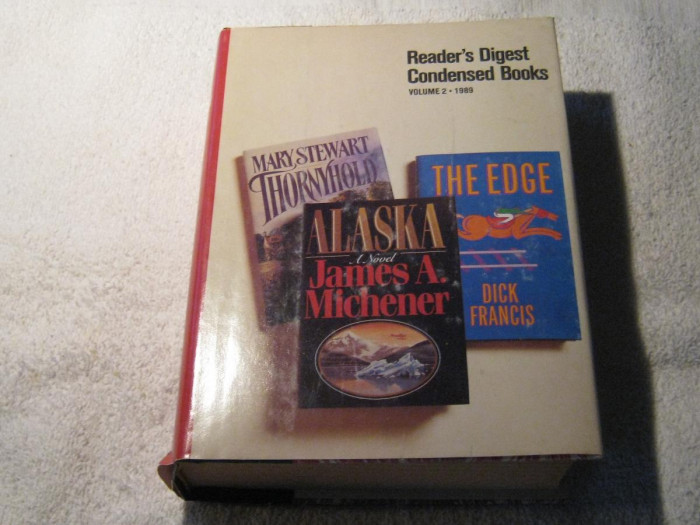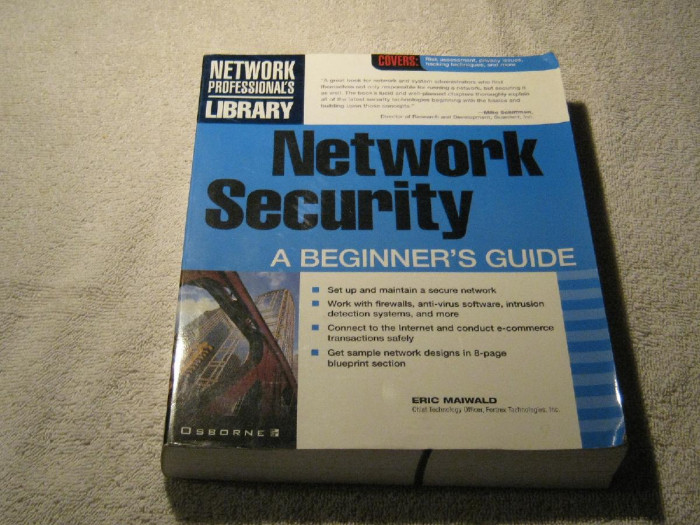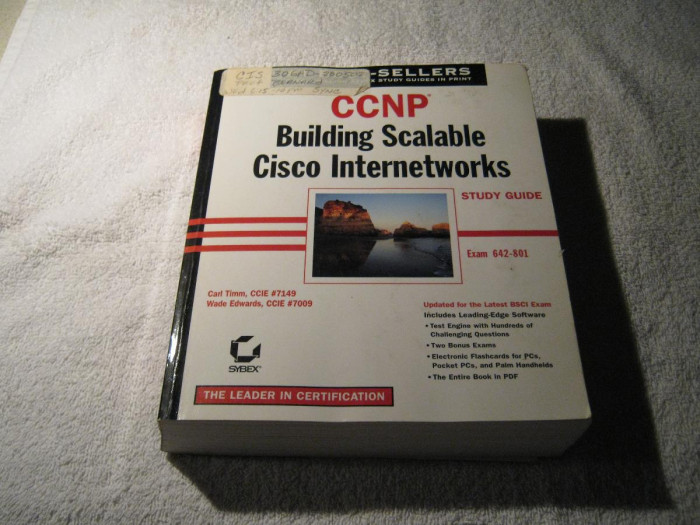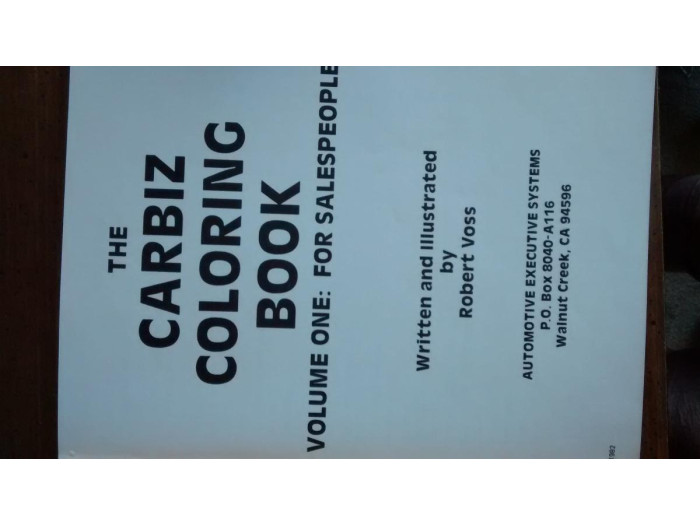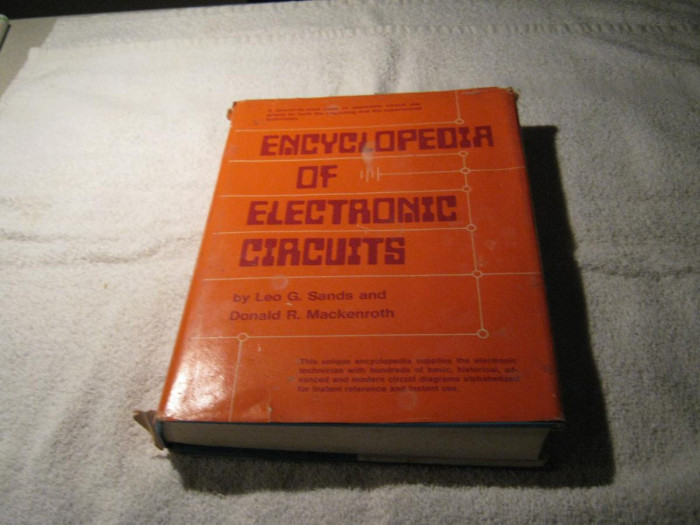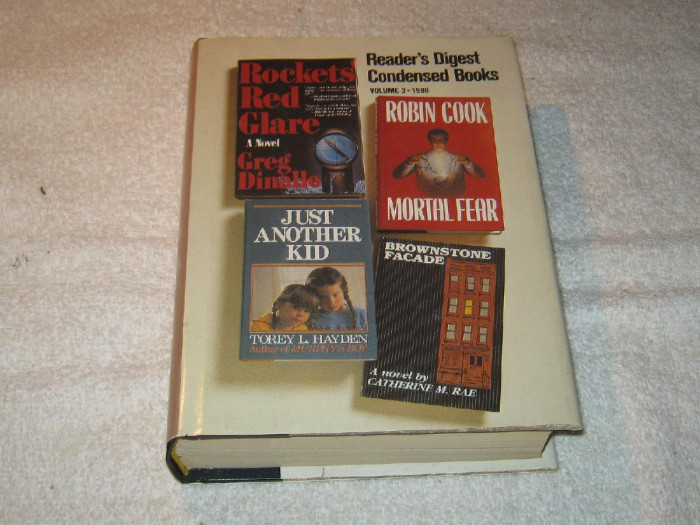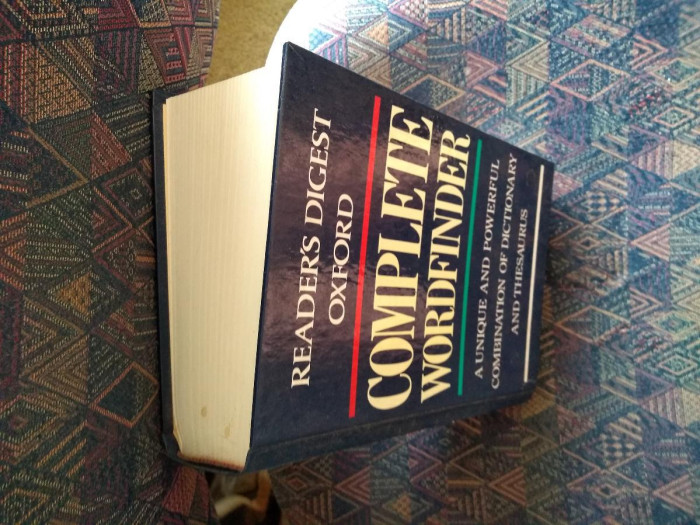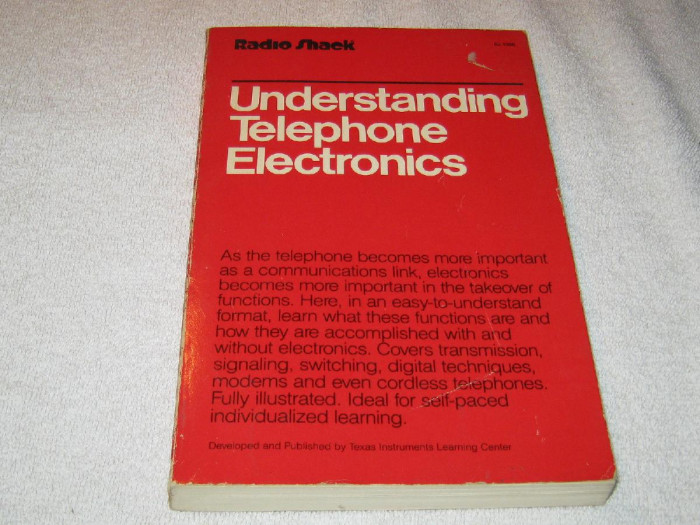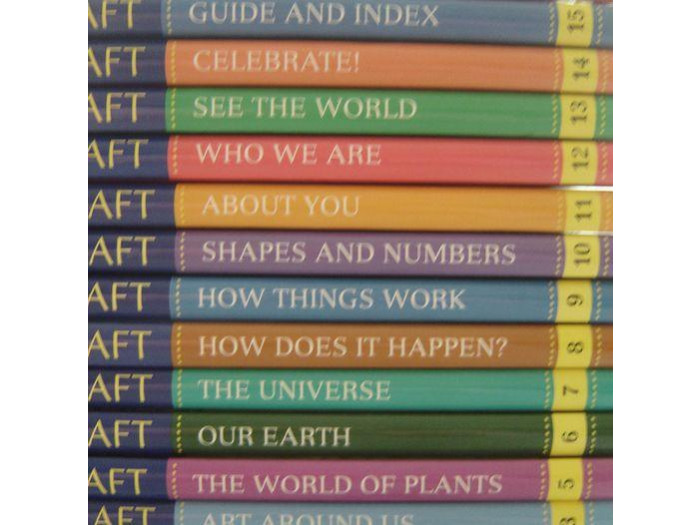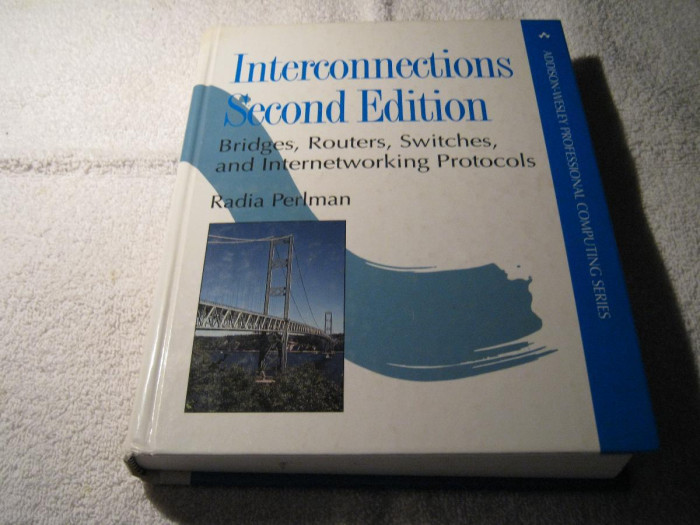MLA Handbook for Writers of Research Papers – 6th Edition
description
Local pick-up preferred (please call first), but will ship at the buyer’s expense
Kingston – Books 3 – IMG_1119
Author: Joseph Gibaldi
Publisher: THE MODERN LANGUAGE ASSOCIATION
Contents by Chapter (in brief)
Foreward by Phyllis Franklin…..xv
Chapter 1. Research and Writing
Chapter 2. Plagiarism
Chapter 3. The Mechanics of Writing
Chapter 4. The Format of the Research Paper
Chapter 5. Documentation: Preparing the List of Works Citer
Chapter 6. Documentation: Citing Sources in the Text
Chapter 7. Abbreviations
Appendix A: Selected Reference Works by Field
Appendix B: Other Systems of Documentation
Sample pages of a Research Paper in MLA Stylr…..319
Index…..323
The MLA Handbook for Writers of Research Papers is designed to introduce you to the customs of a community of writers who greatly value scrupulous scholarship and the careful documentation, or recording, of research. Read from beginning to end, the MLA Handbook provides a comprehensive picture of how research papers are created. Once you are familiar with the contents, you can use the book as a reference tool. Chapter 1 suggests some of the educational and intellectual purposes of research and describes the first steps in a scholarly project; choosing a topic; using a library; and the Internet; evaluating electronic sources; and producing a working bibliography, notes, outlines, and drafts. Chapter 2 explains why plagiarism is an important concern and how to avoid unintentional plagiarism. Chapter 3 gives practical advice on such matters as spelling, punctuation, , and the presentation of names, numbers, titles of works, and quotations. This chapter is meant to help you craft writing that is clear, consistent, and stylistically authoritative. Chapter 4. Gives guidelines on the physical format of the paper. The next two chapters cover the MLA’s system, or style, of documenting print and electronic sources: chapter 5 explains how to list sources at the end of a paper, while chapter 6 shows how to cite them in the text of a paper. Chapter 7 describes abbreviations that are useful in documentation, and in certain other contexts. Appendix A lists notable reference works in specialized fields; appendix B presents some systems of documentation other than the MLA’s. Finally, there are some sample pages of a research paper that illustrate MLA style.
Learning the rules the MLA Handbook outlines will help you become a writer whose work deserves serious consideration. Similarly, your study of these rules can make you a more discerning reader: knowing how an author is supposed to use sources is essential to judging a text’s reliability.
Paperback 359 pages ISBN:0-87352-986-3


